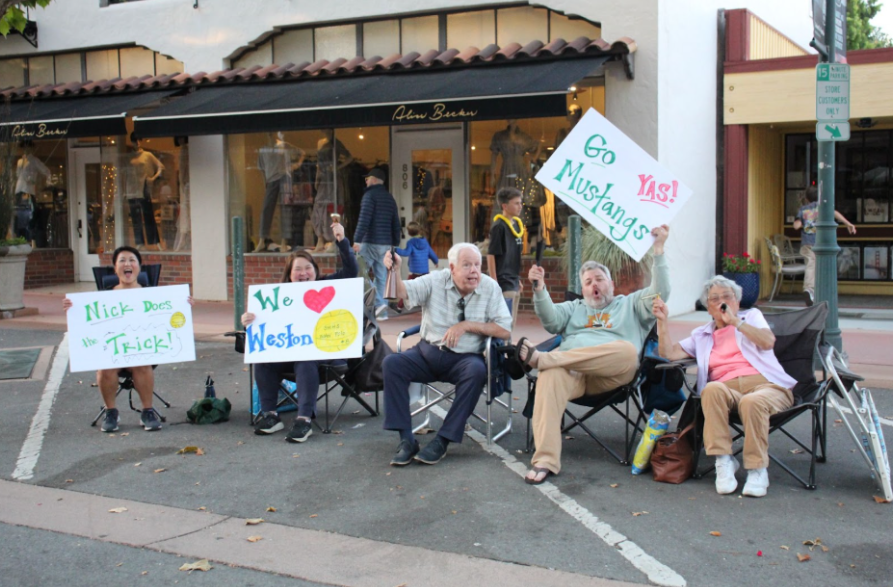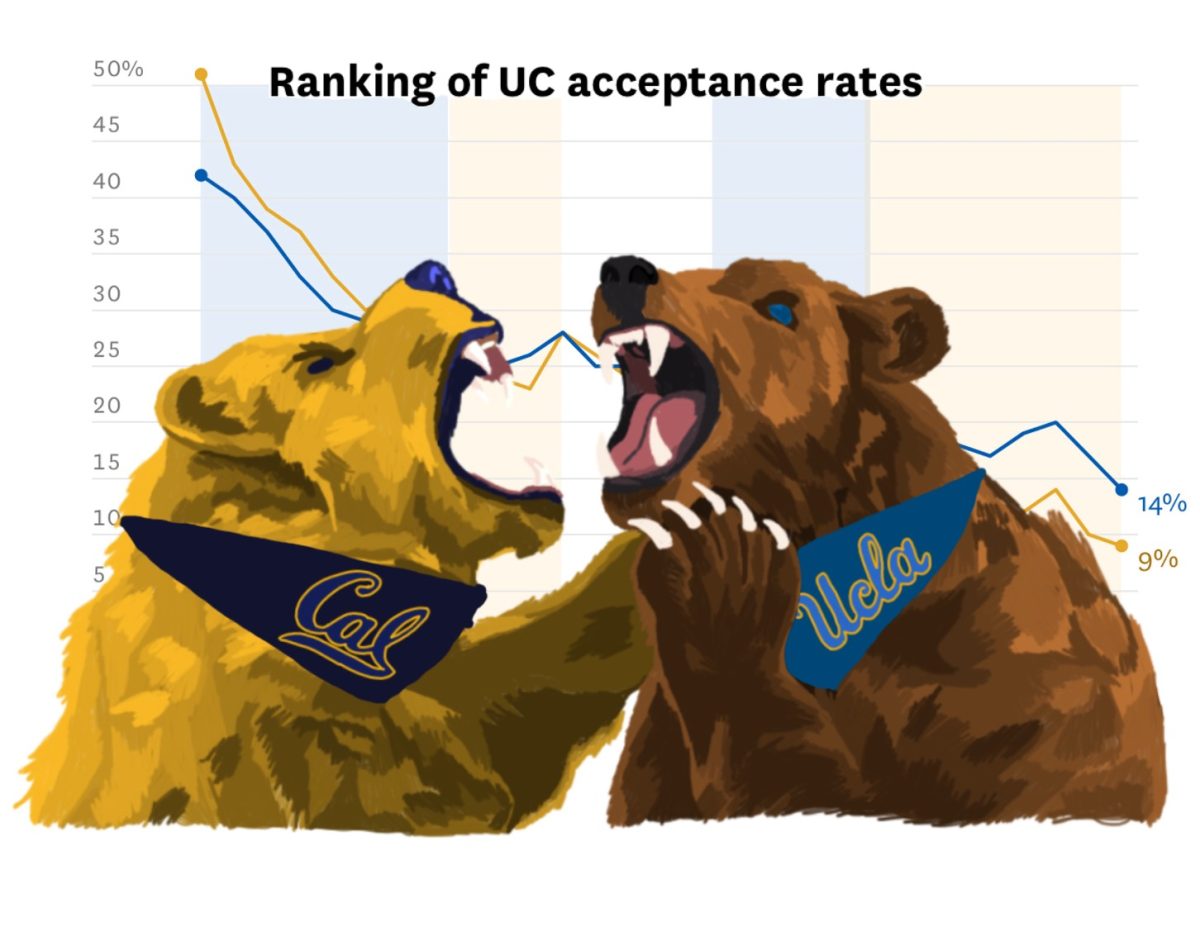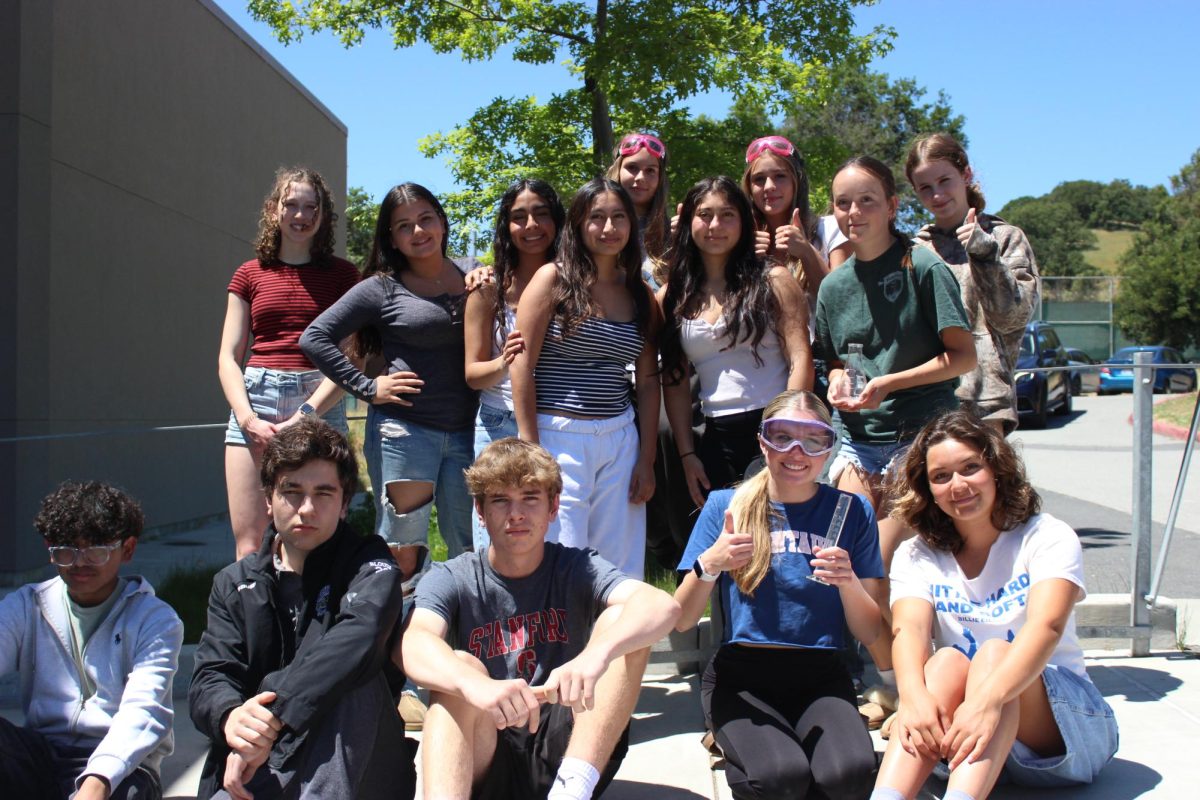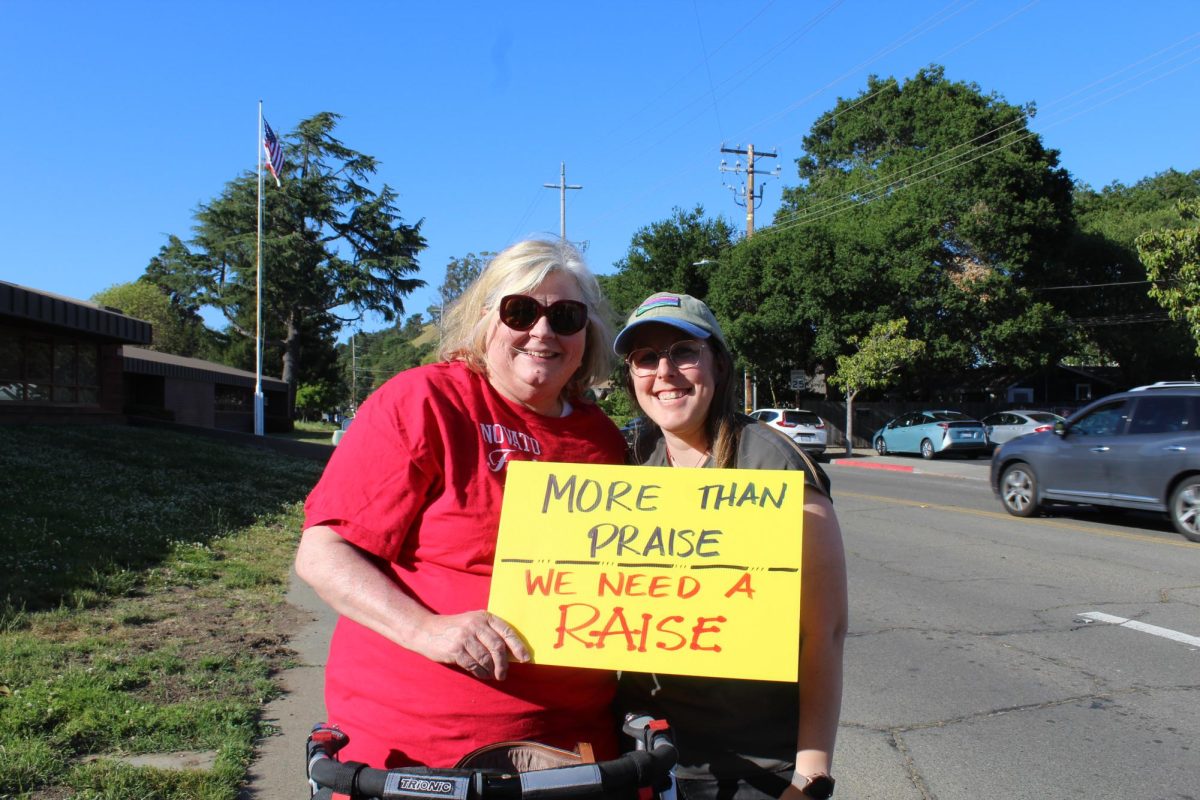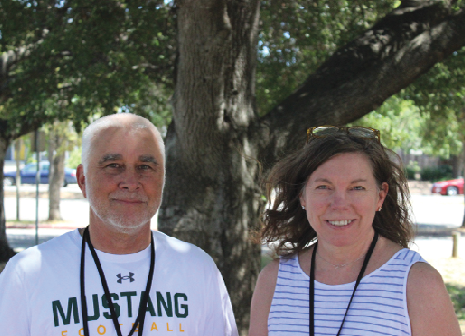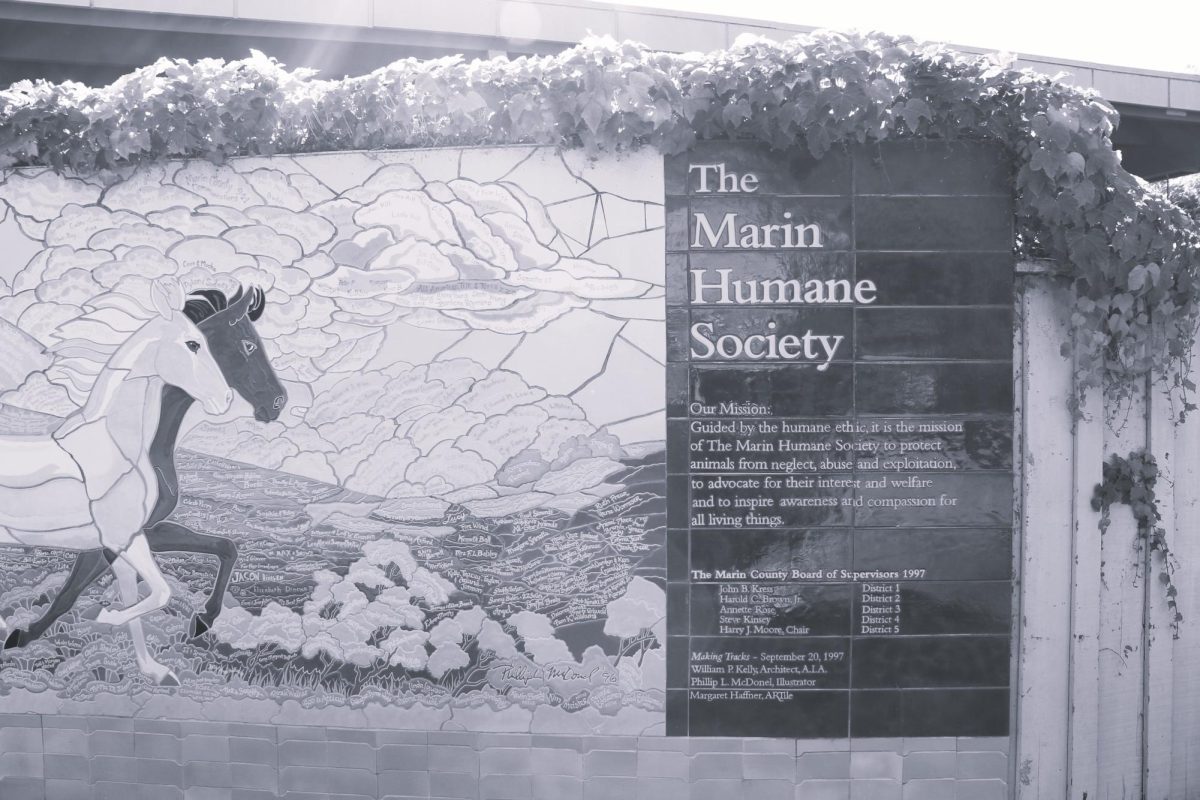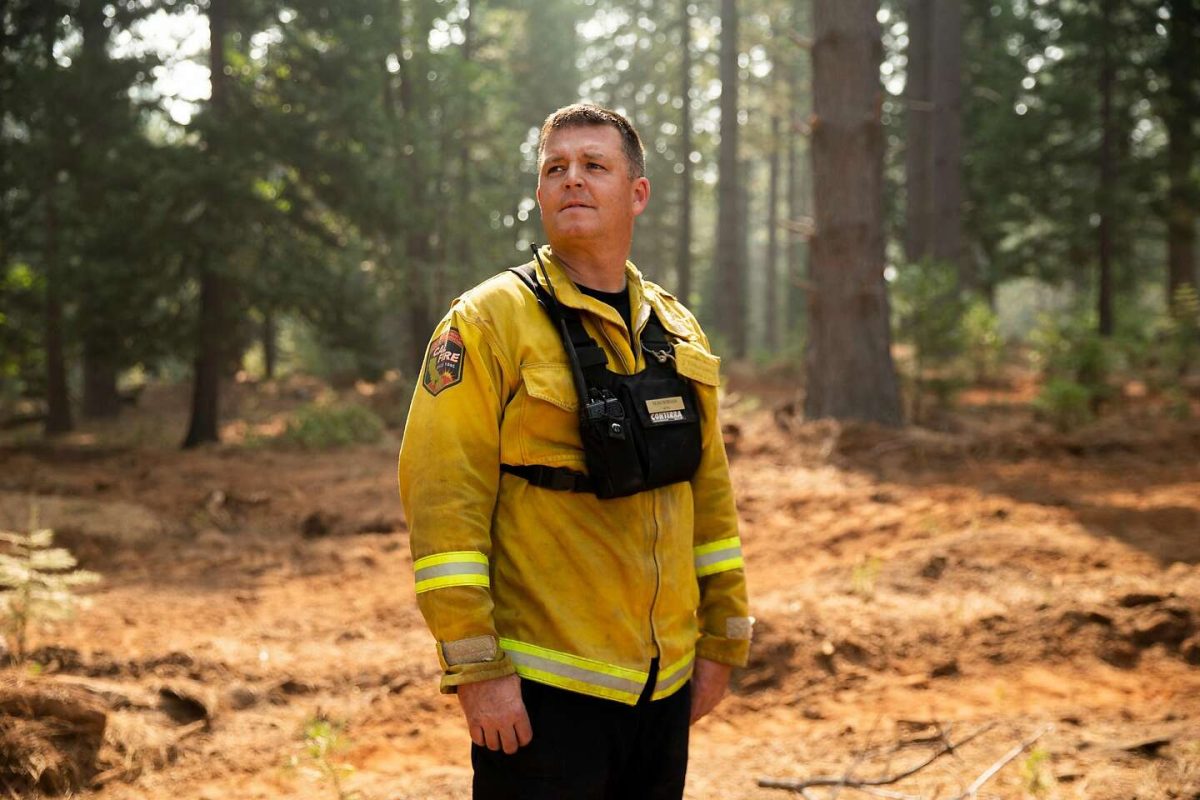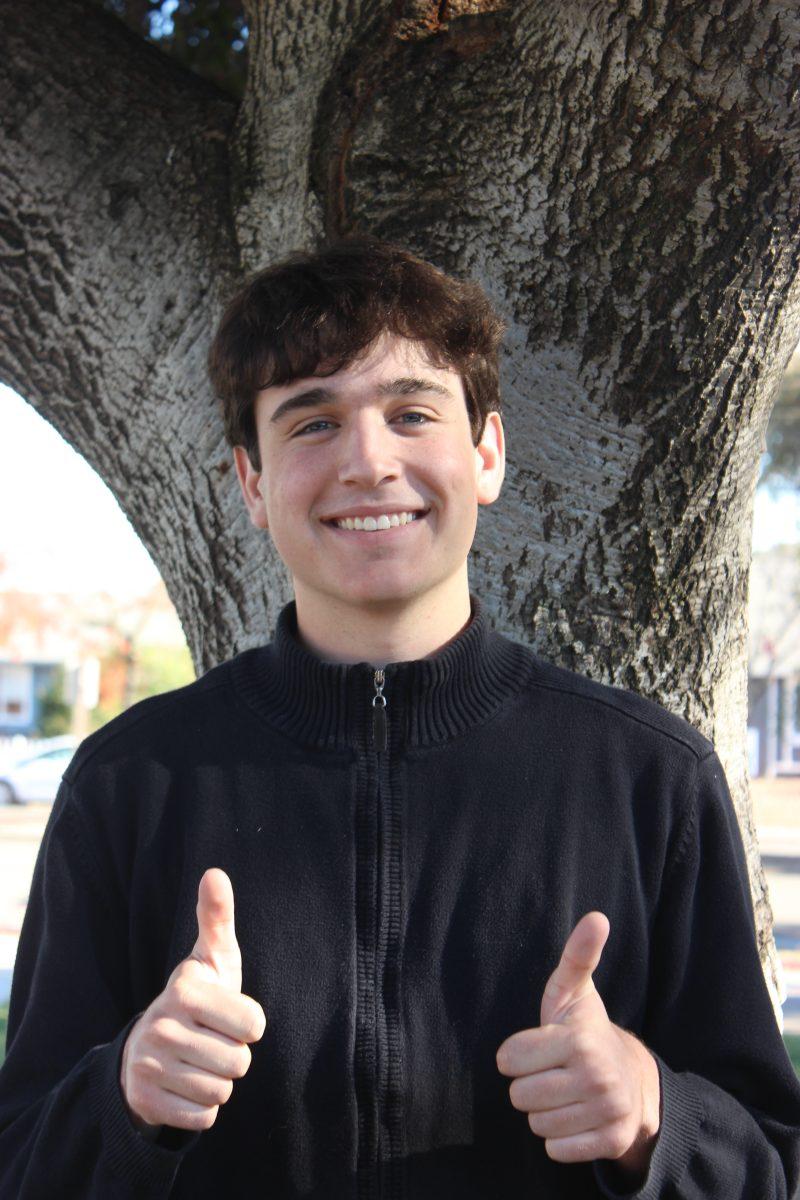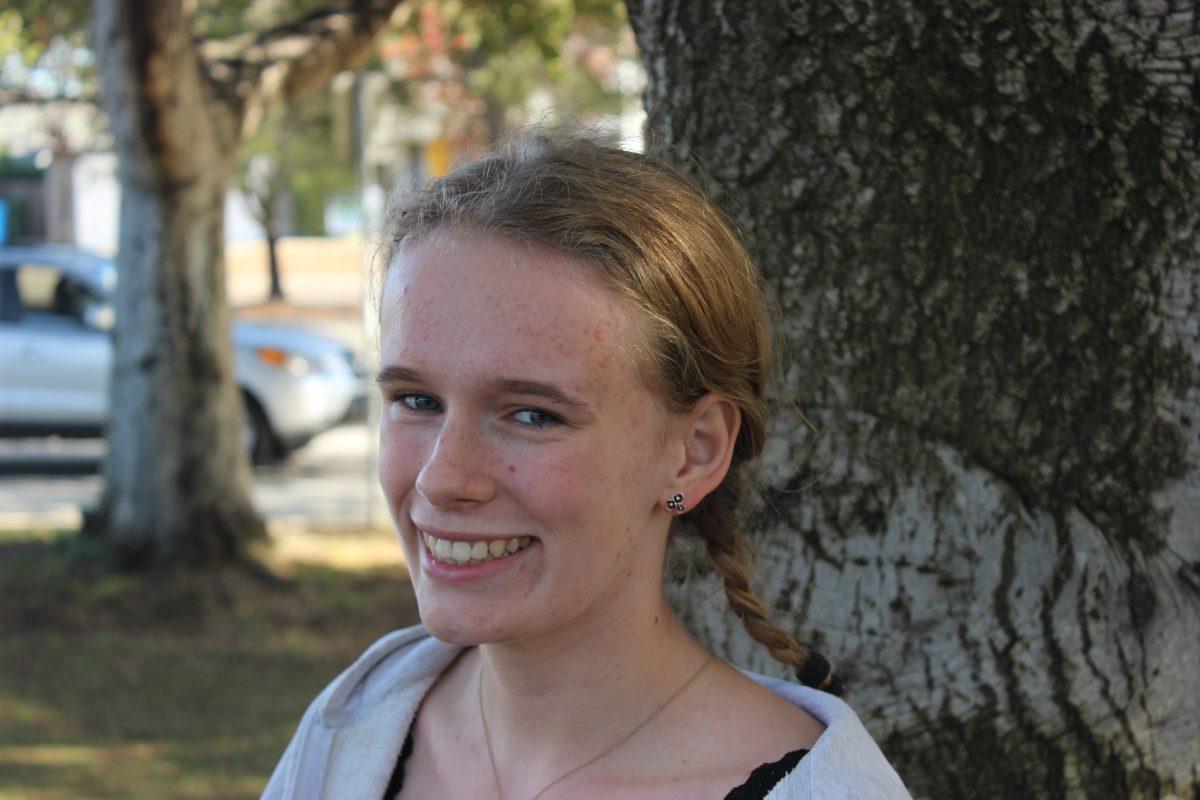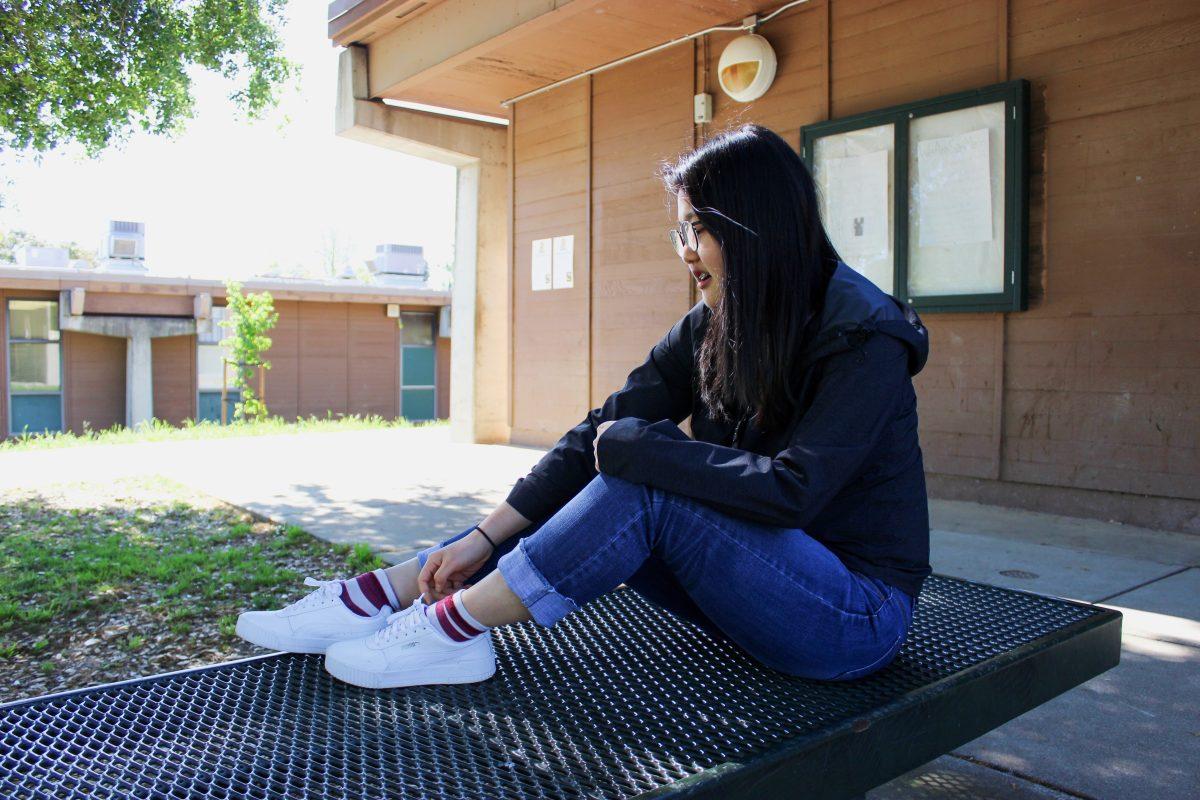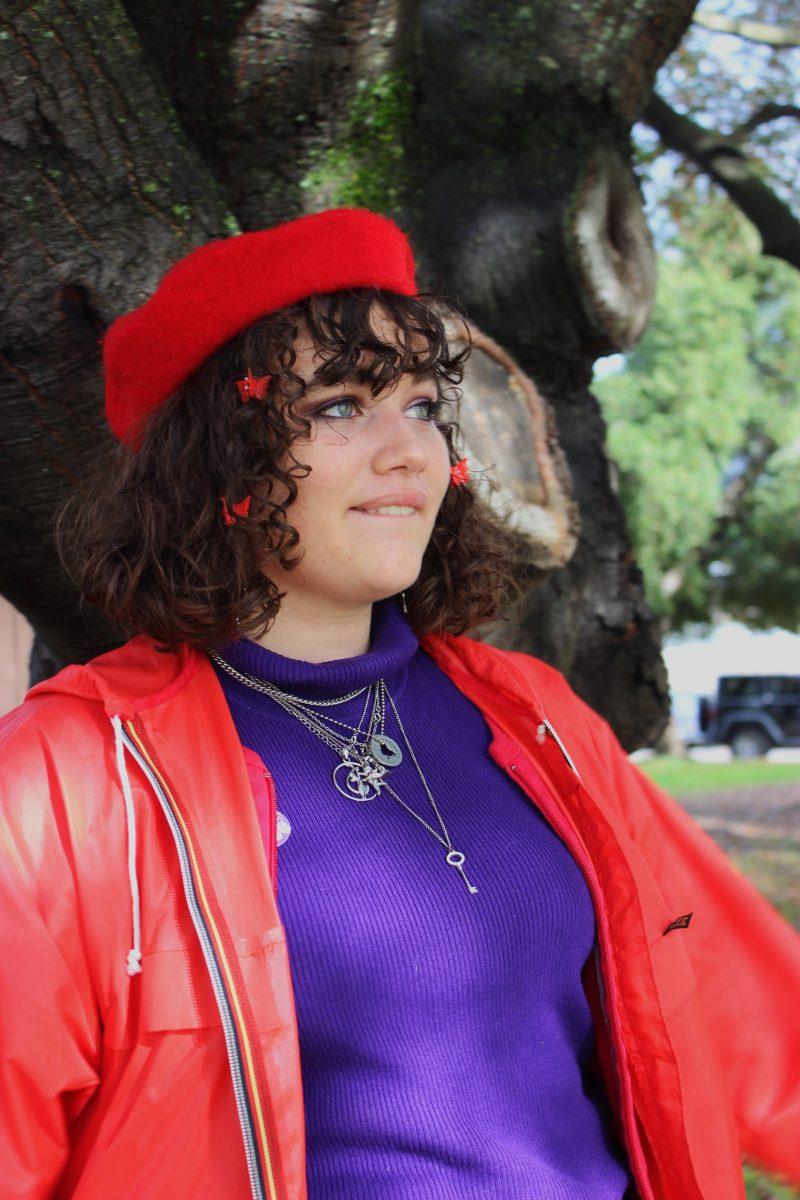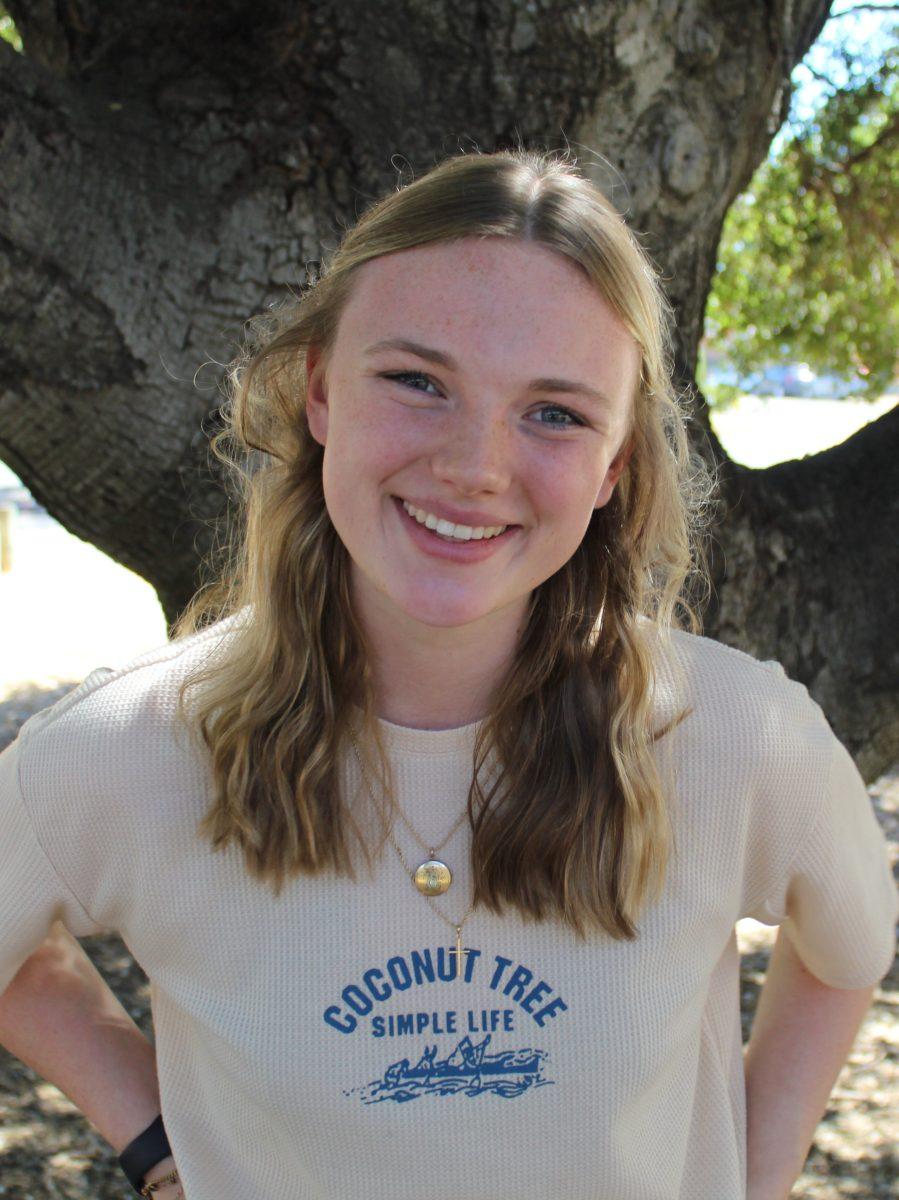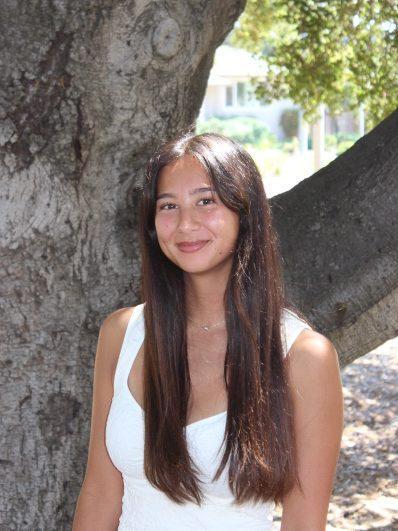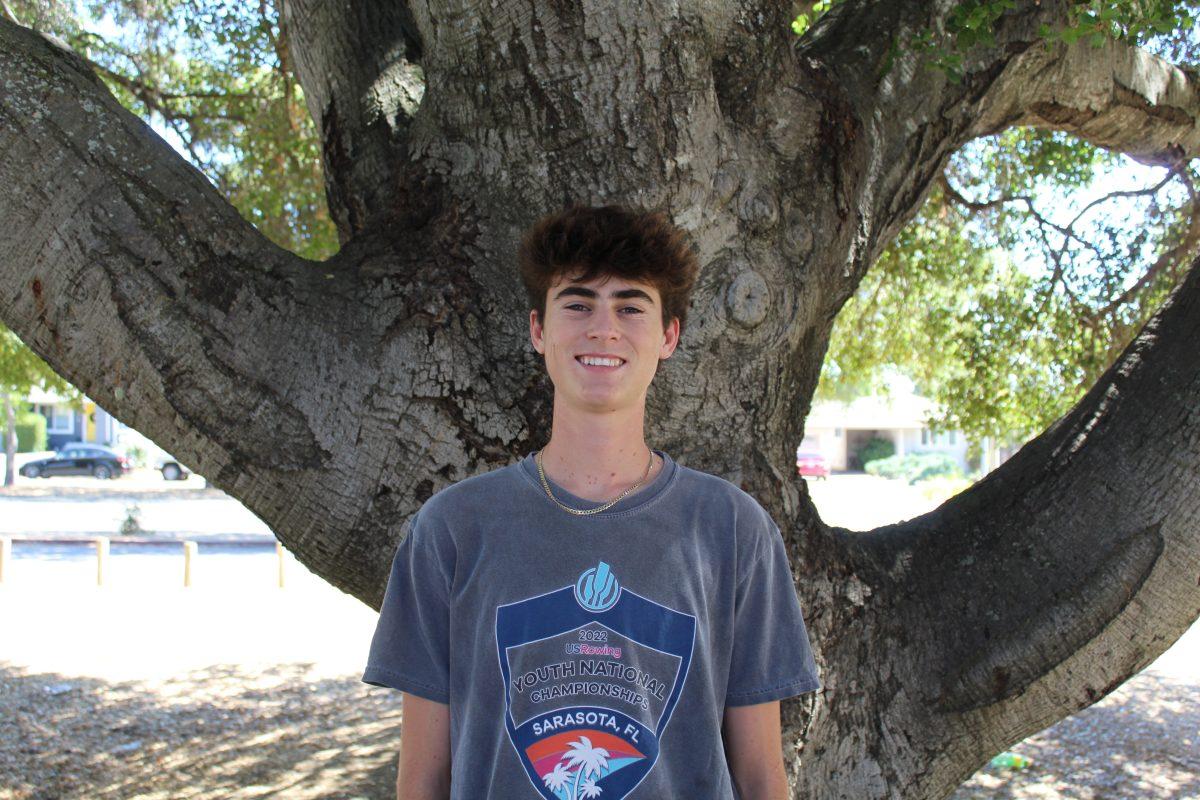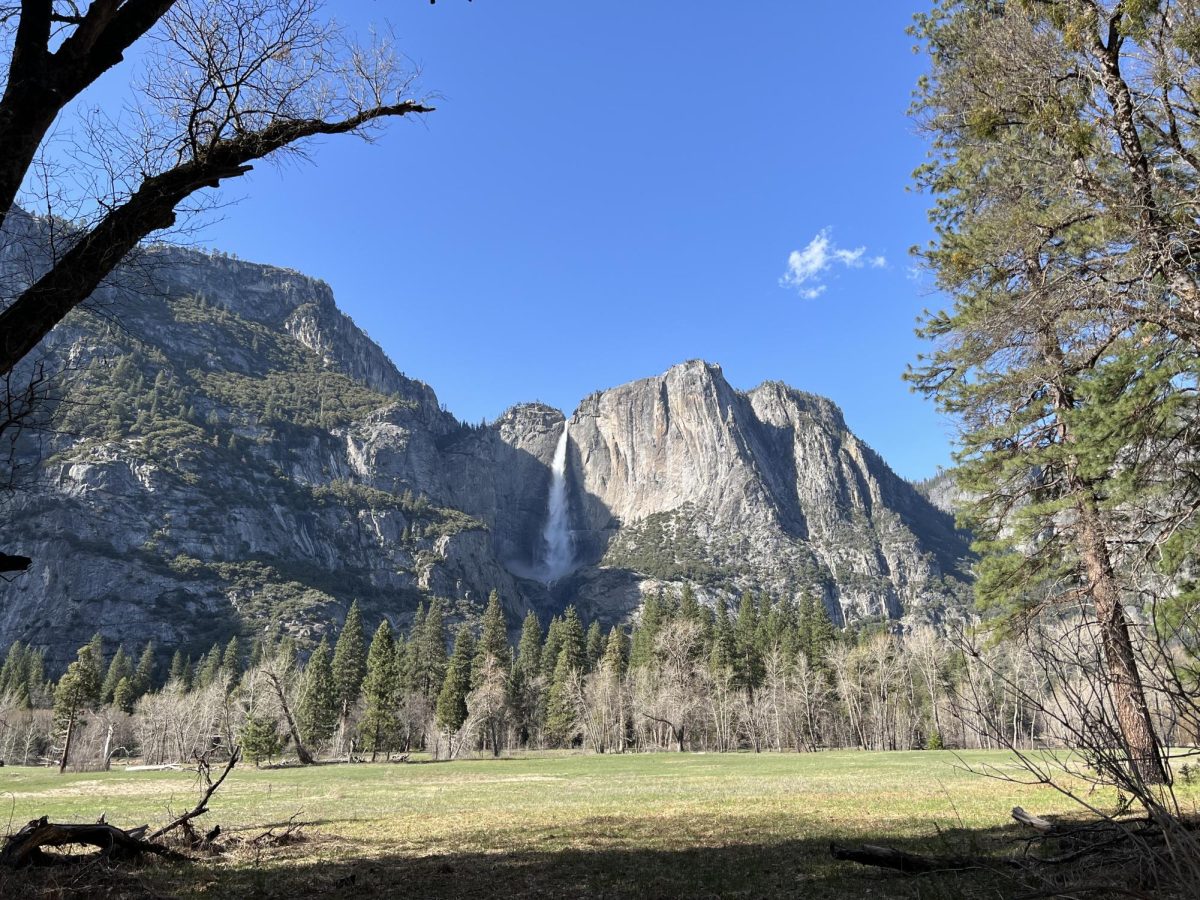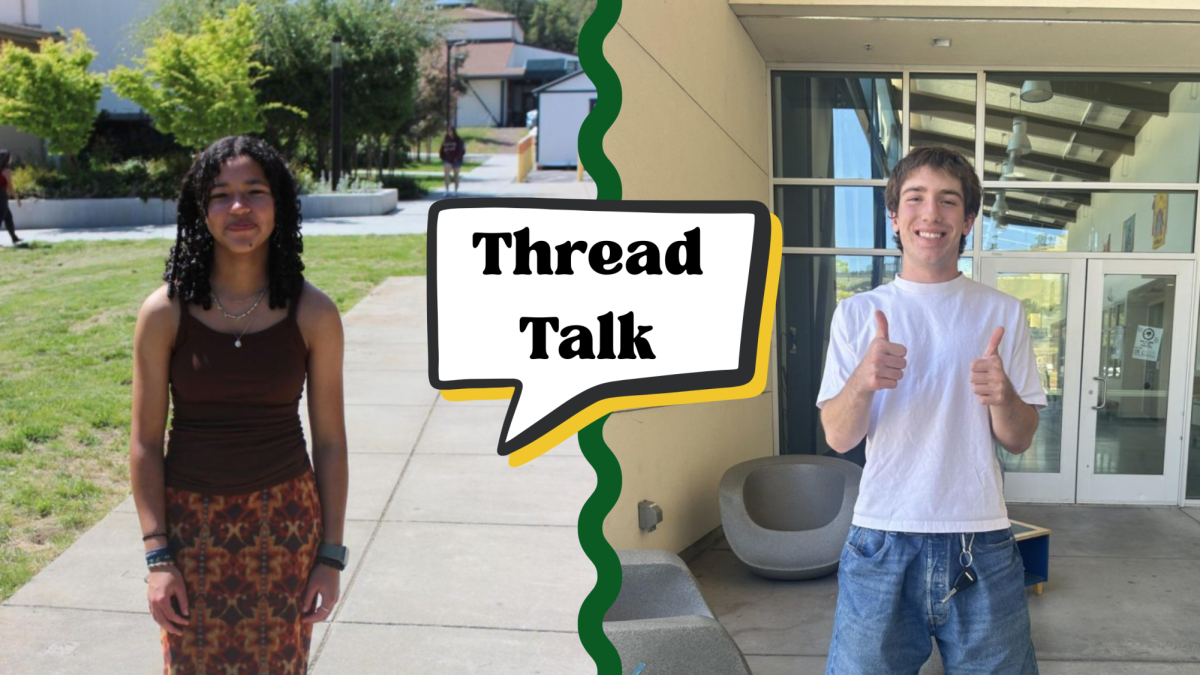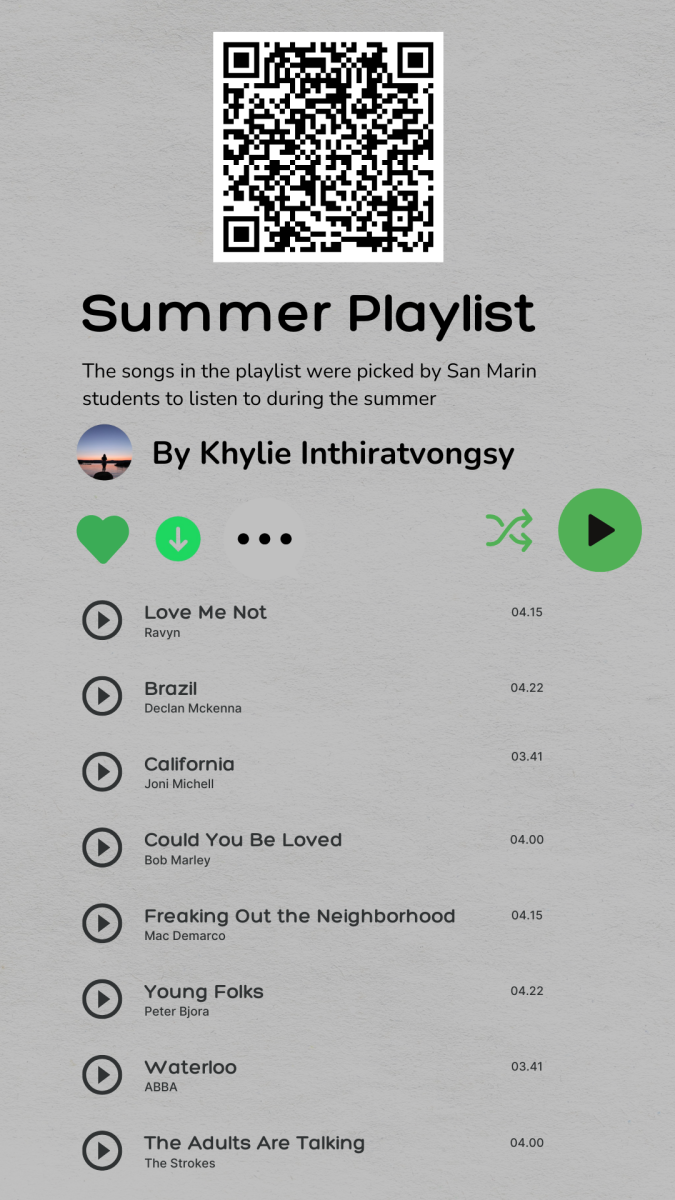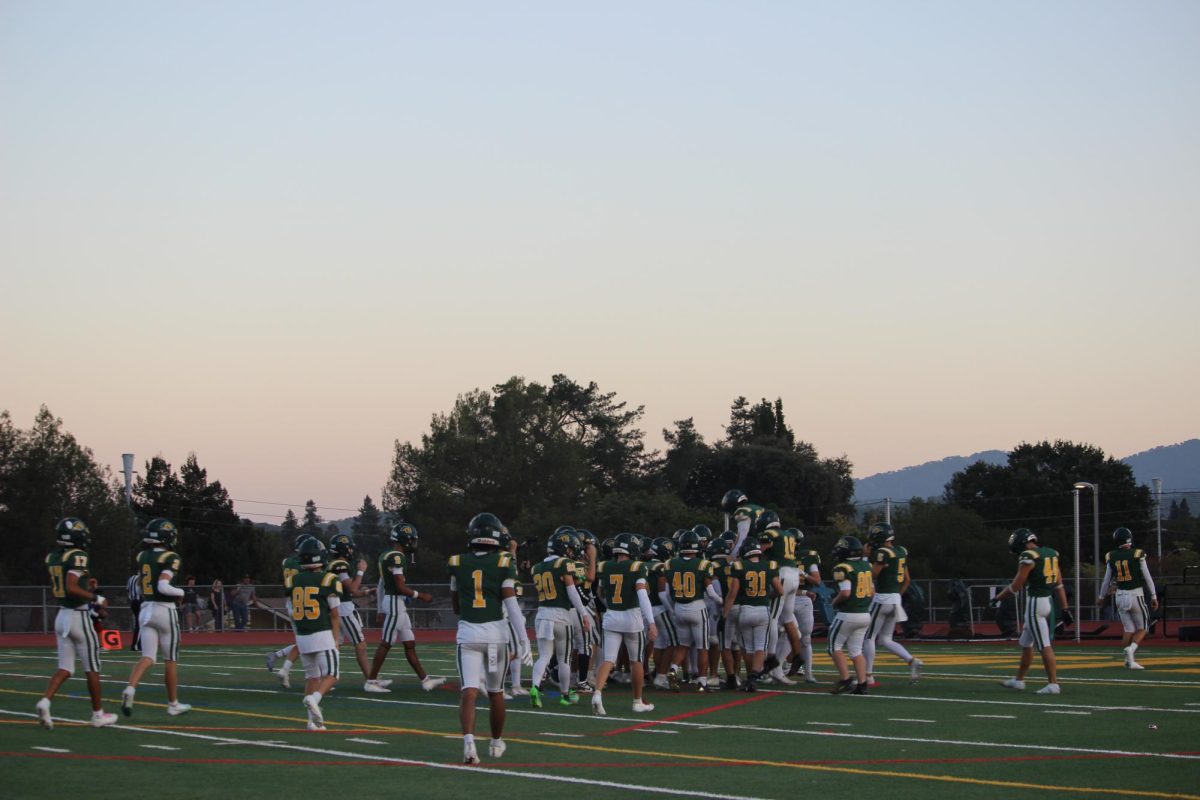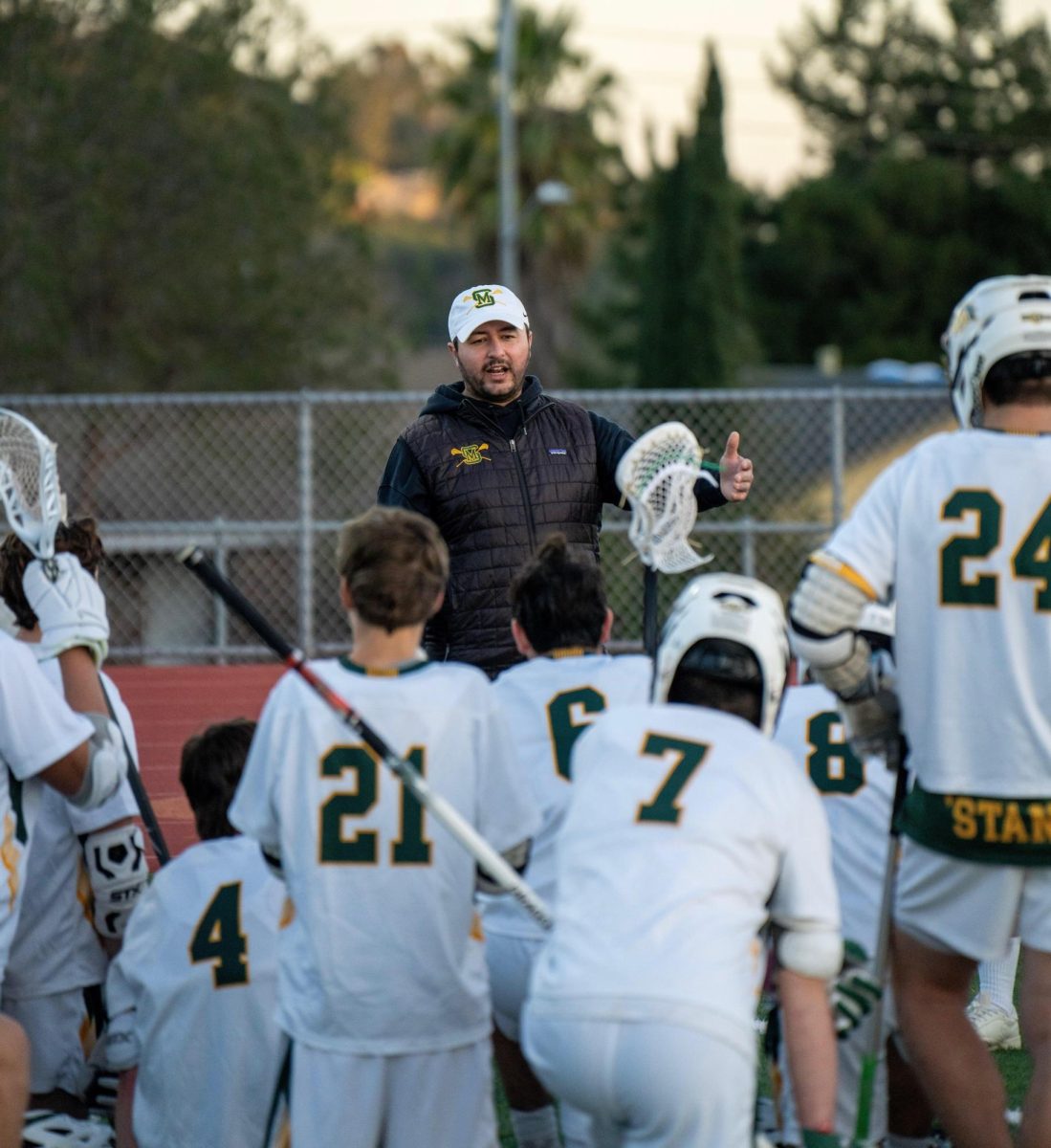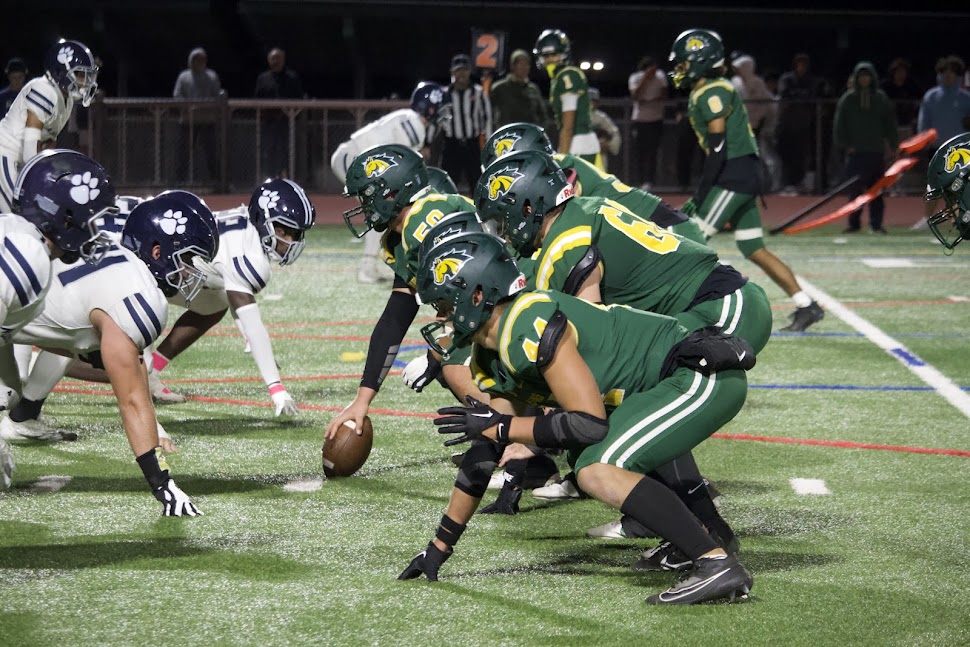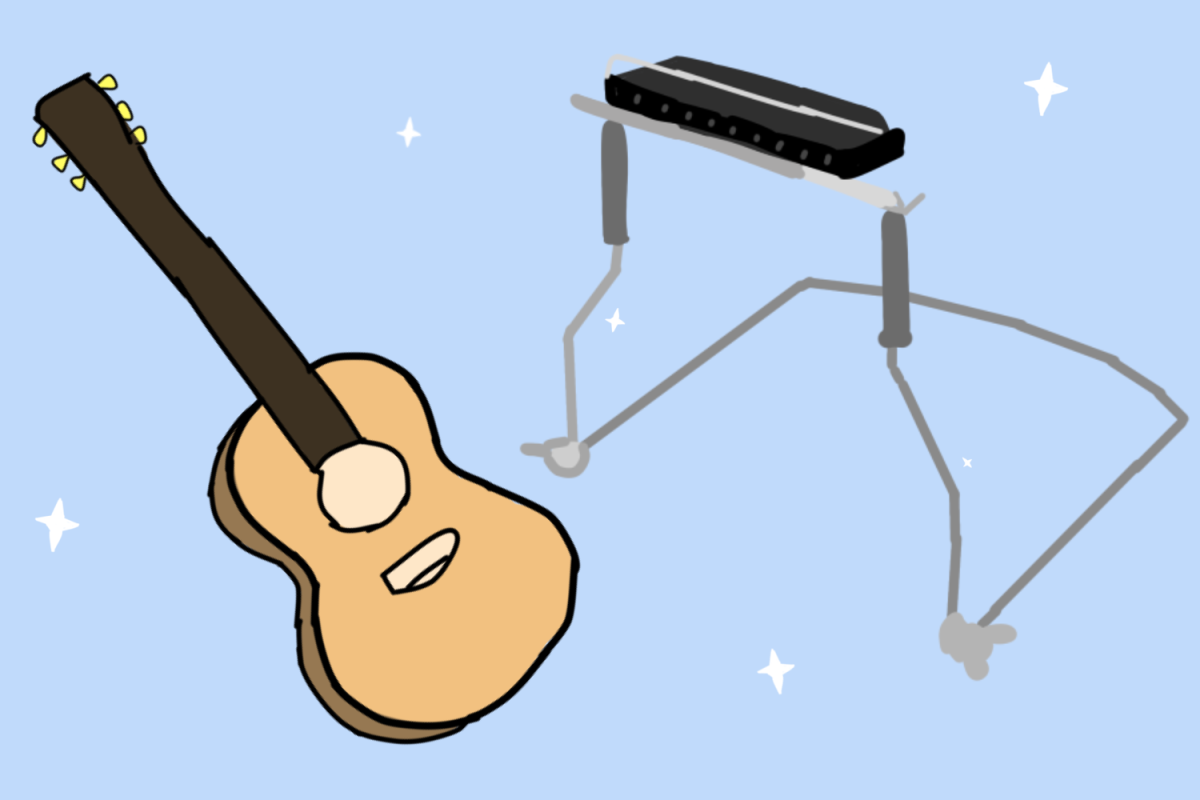San Marin has had problems in recent years finding people to fill teaching positions. This year, a Spanish teaching position went unfilled until September 8, when Maria Carrera was hired to take over for Nate Willis, the long-term substitute.
Throughout California, schools have had difficulty finding teachers. Enrollment in teacher-preparation programs has dropped by 74 percent from 2003 to 2012, and the number of credentials issued to teachers trained in state has declined for the tenth consecutive year, according to the California Commission on Teaching Credentialing. In 1990-1991 and 1991-1992 school years, California had shortages in bilingual education, life science and physical science teachers. In the 2015-2016 school year, there were teacher shortages in English/Drama/Humanities, History/Social Science, Mathematics/Computer Education Science, Self-Contained Classes, and Special Education, according to the U.S. Department of Education’s Nationwide Listing.
For the first four weeks of school, Willis, who has subbed at San Marin for about a year, was credentialed to substitute in the Spanish classes. Carrera has now taken over teaching the four Spanish 2 classes and one Spanish 3 section.
Carrera taught at Pittsburgh, Monte Vista, and Richmond High Schools, as well as tutored in Mexico.
Before hiring Carrera, Principal Adam Littlefield had been in contact with Sonoma State University, Dominican University, and the College of Marin to see if they had students who want to become teachers.
Last spring, Littlefield went with other district representatives to job fairs at Sonoma State University, Chico State University, and University of California, Davis to recruit prospective teachers. Littlefield was looking for math and Spanish teachers, and at each of those fairs, he talked to and saw resumes of a hundred people. “There might have been one or two out of those that were math or Spanish,” he said.
Littlefield said that at one point over the summer, San Marin also had three math teaching positions not filled, but they were lucky to find people who were ready for a change in where they worked or lived.
Novato Unified School District may struggle to fill positions because it is expensive to live in Marin County. “It costs more to live here,” Littlefield said. “As a result of that, there are some, particularly young teachers, who can’t afford to live here. So we have teachers who live in the outside areas that are less expensive, and commute. And that has an impact on education as well.”
Willis returned to being an at-will substitute while continuing to work for his teaching credential.
by Jane Williams, editor
